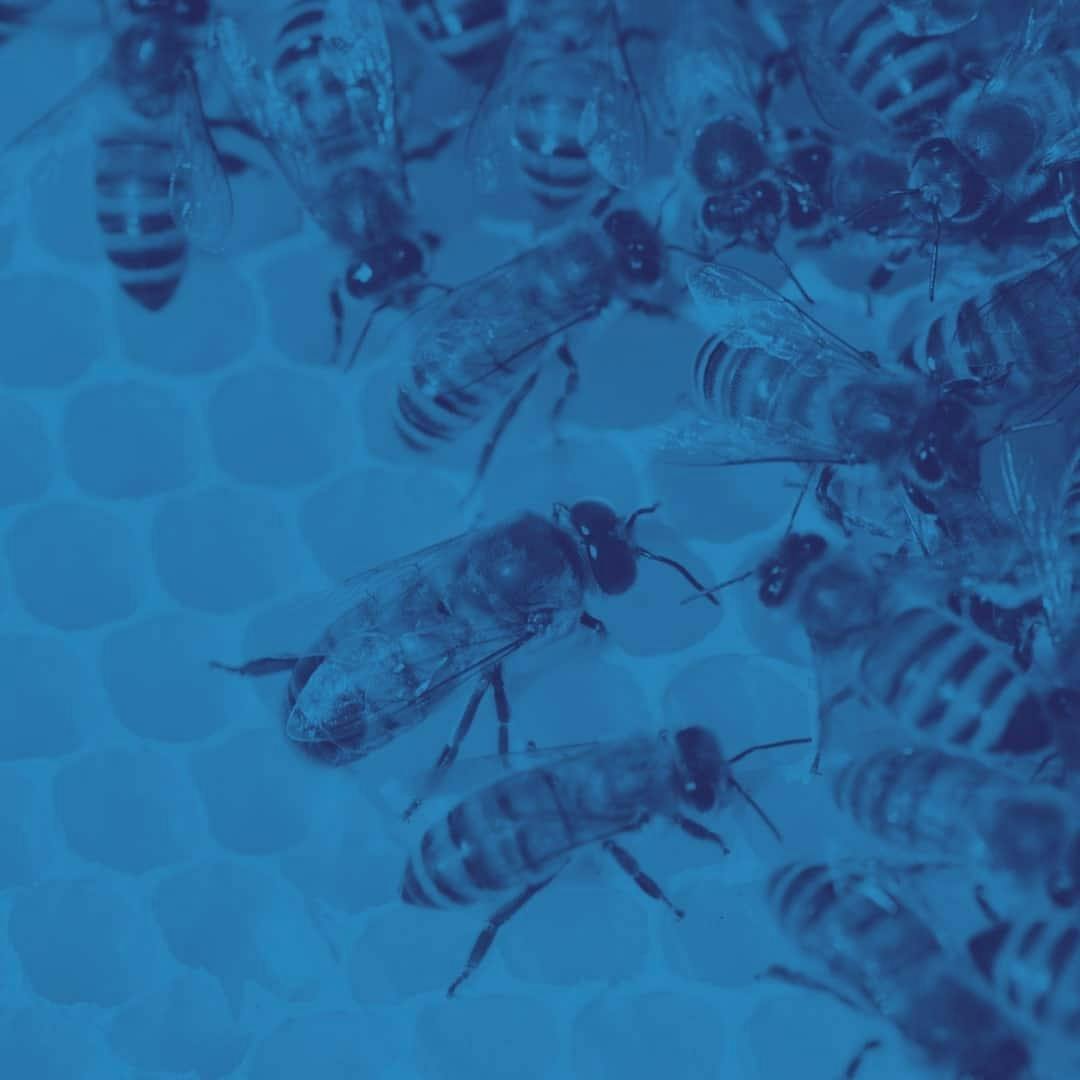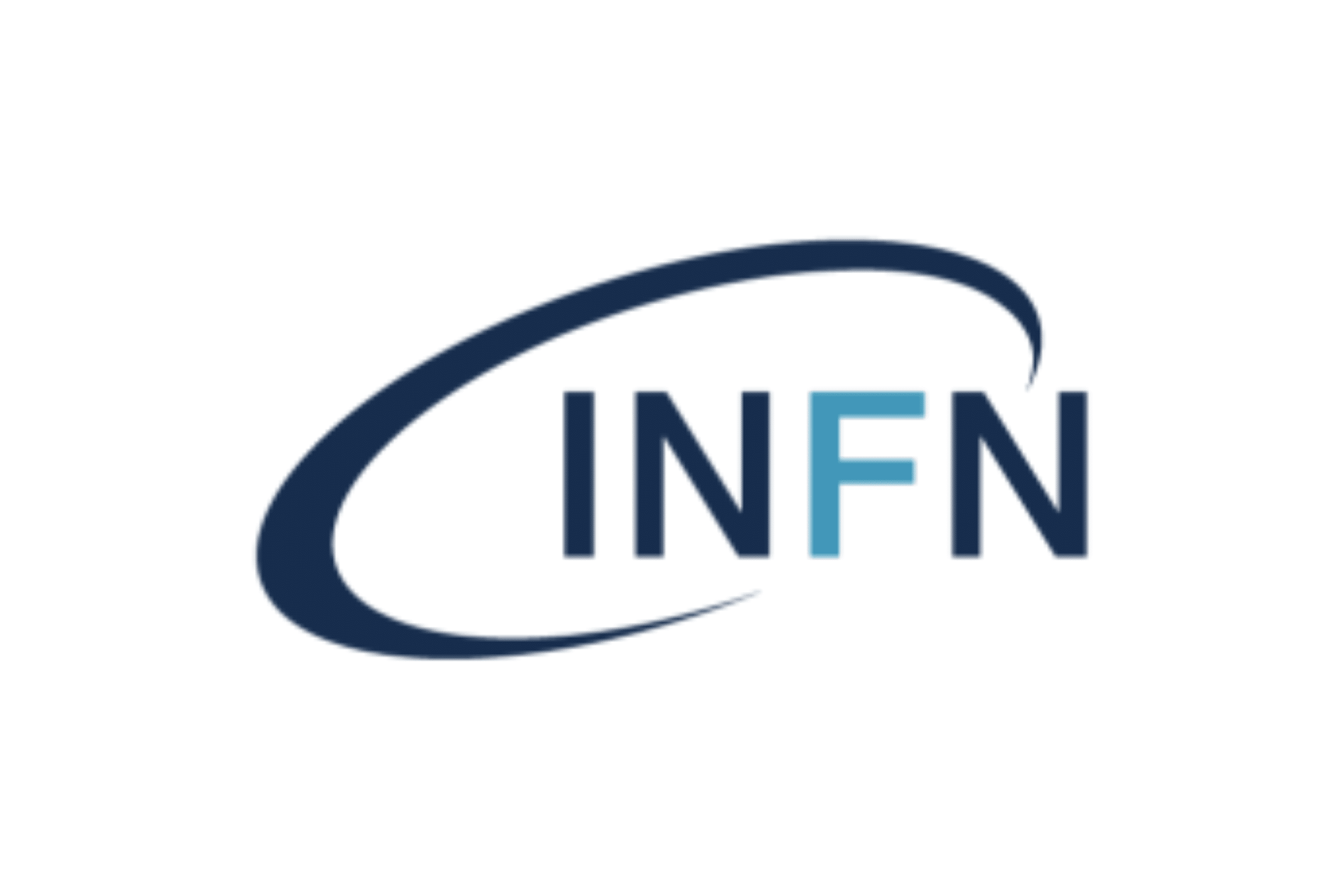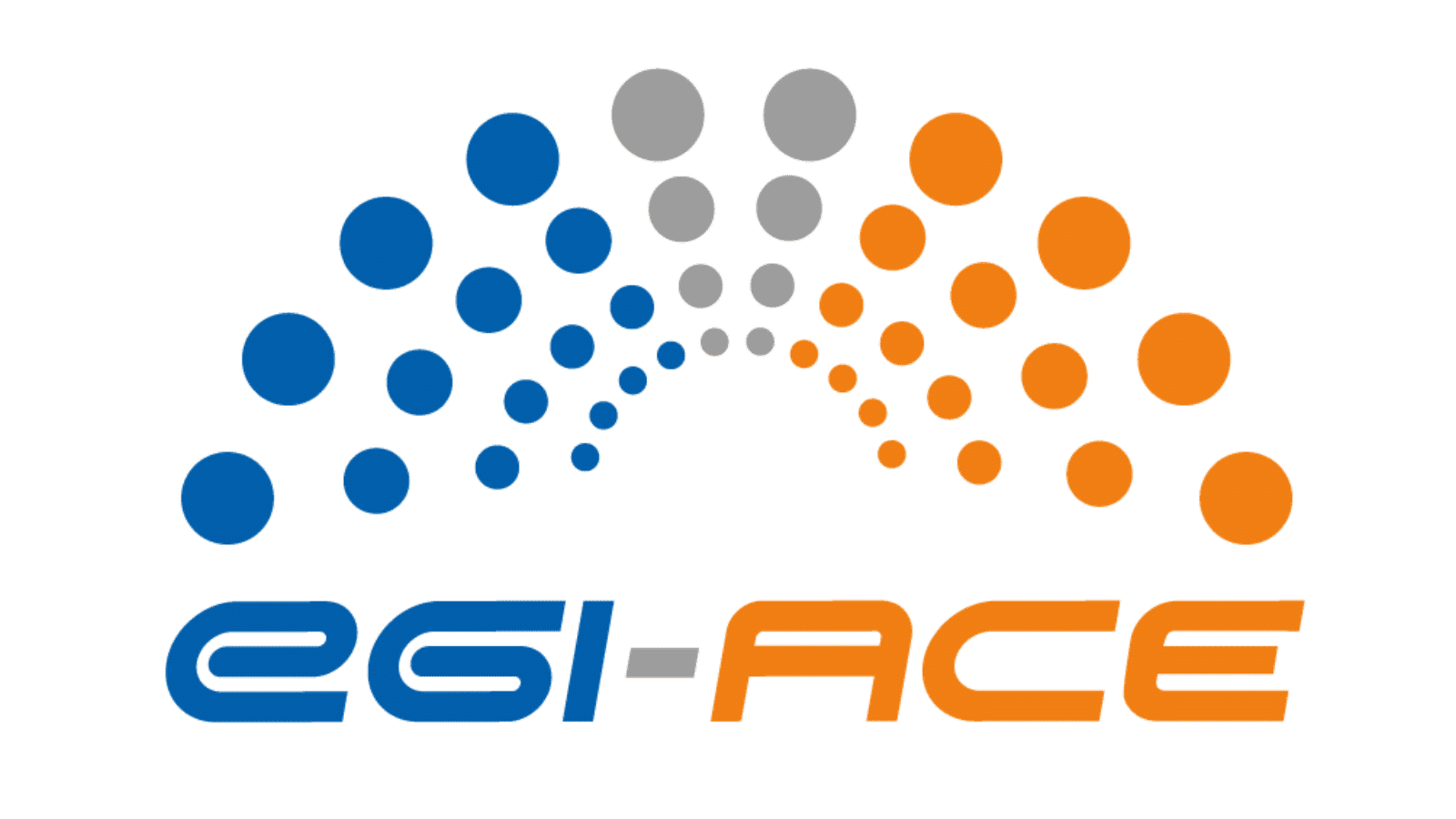eHoney is a project of the University of Bologna to study computational-intensive analysis of honey-derived environmental DNA information to disclose the effect of climate change on biodiversity.
Revealing Climate Change Impact on Biodiversity Through Honey-derived DNA Information

About
Computational-intensive analysis of honey-derived environmental DNA – Can eDNA information disclose the effect of climate change on biodiversity?
The Animal and Food Genomics Groups of the University of Bologna, in collaboration with several Italian beekeeper associations, are the main actors of the eHoney project. This project is strictly connected to the BEE-RER project, which started in 2019 and focused on applying honey DNA analysis to obtain information useful to authenticate kinds of honey and monitor bee subspecies diversity and pathogens. In these twin projects, beekeepers act as the collectors of biological samples serving for the disclosure of information hidden at the genomic level. In contrast, the group uses expertise in apiculture genomics to disclose and monitor variability at the organismal level and link it to the effects of climate change. More than 1,000 kinds of honey collected in different years across Italy are under investigation, representing the first eDNA-derived biobank ever produced in Italy.

The Challenge
Honey can be considered as an exceptional biomonitor for the study of environmental and organismal variability. During their activities, honeybees get into direct contact with the environment they live in and bring traces of it into their hives and in turn into the honey. Therefore, honeybee activities define several features of the honey they produce, making the honey a unique collector of environmental DNA (eDNA) signatures. Sequencing of honey eDNA carried out with Next Generation Sequencing (NGS) technologies can capture all biological information contained in the honey.
However, produced data results are complex and quite challenging to decode, as each piece of sequenced DNA must be reconducted to the organism that originated it in a process called DNA annotation. This is complicated by the fact that datasets are getting larger and complex as sequencing is becoming more and more cheaper. As a consequence, DNA annotation is no more feasible on small computational infrastructures. The eHoney project had to face these challenges as the availability of thousands of honey- and honeybee-derived genomic datasets required bigger computational infrastructures and the development of ad-hoc bioinformatics pipelines.
The Solution
eHoney uses the following EGI services to perform their analysis:
- EGI High-Throughput Compute, to process large-scale genomic data.
- EGI Online Storage, to download genomic data. Genomic data is either produced in-house or retrieved from public repositories. Data is transferred to the EGI infrastructure for quality checks and processing.
Impact
registered in the vo.i-nergy.eu
consumed over the last two years
consumed over the last two years
consumed over the last two years



